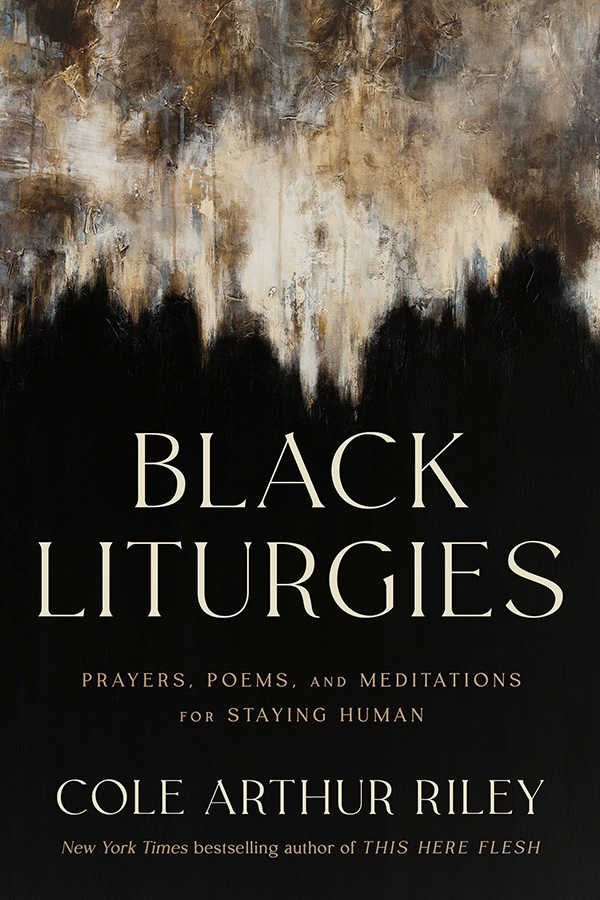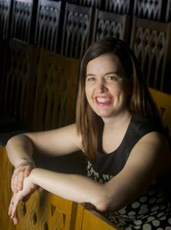Steven Kepnes’ terrific book “Jewish Liturgical Reasoning” is not about leadership. It’s about the way that Jewish liturgy creates a specifically Jewish, post-critical form of reasoning in service to the world. But it has a short portion about the Kaddish, the Jewish prayer of mourning for the dead, and what it says about leadership.
This second-most famous prayer in Judaism (after the Shema) is based on Daniel 2:20 and its refrain, “Blessed be the name of God from age to age.” It’s a prayer offered in a sort of future passive tense, announcing that God’s name will be praised. There is very little in it that sounds obviously like a mourner’s prayer. It is more like a praiser’s prayer, except the praiser is barely present as well. It’s a prayer that is first and last about God.
And it is not offered alone. Jewish liturgy always requires a quorum of ten people, and this is never more appropriate than for the sake of one who mourns a death, for the “mourner should not be left alone but needs the support of the community.” And not support simply in a passive sense. “Instead, the mourner is thrust into the role of leading the Kaddish prayer.” The one who has just lost parent or spouse or child stands and addresses not only God but also the gathered community, offering them this blessing: “May He establish His Kingdom during your life and during your days.”
“By making the mourner the leader,” Kepnes writes, “the liturgy expresses the confidence in the spiritual resources of the mourner who now, at this low point of doubt, is still able to praise God.” The Kaddish is further an affirmation of faith in the goodness of creation, here in the face of death, to the point that it forges “a link across the abyss of death over to eternal life.” As the newest mourner prays, those praying along pray also in memory of those whom they have loved and lost. God remembers them. And the living offer them a good deed that the dead, being dead, cannot repay. The whole cluster of acts represents a reminder that “all of life for the Jew is a liturgical act.”
This is how to lead in the face of death. To stand and announce with a community of fellow praying people that God is King, that God will establish his reign over creation, that God’s name will be praised, and to ask that God would bring all this about soon.
What’s this have to do with how we lead our organizations? I honestly don’t know. Except that we’re all barreling toward death faster than we’d like to imagine. That our organizations, if they’re worthy of our work, are meant to establish a sort of hedge against death and its effort to creep into portions of life where it should not be. So we call on a great God, the only one who can push back this creeping tide, this one whose name will be praised-- if not by us then by the stones themselves. And perhaps that leadership is the sort of chutzpah to spit in death’s eye precisely when it looks to have won a not-insignificant victory.








